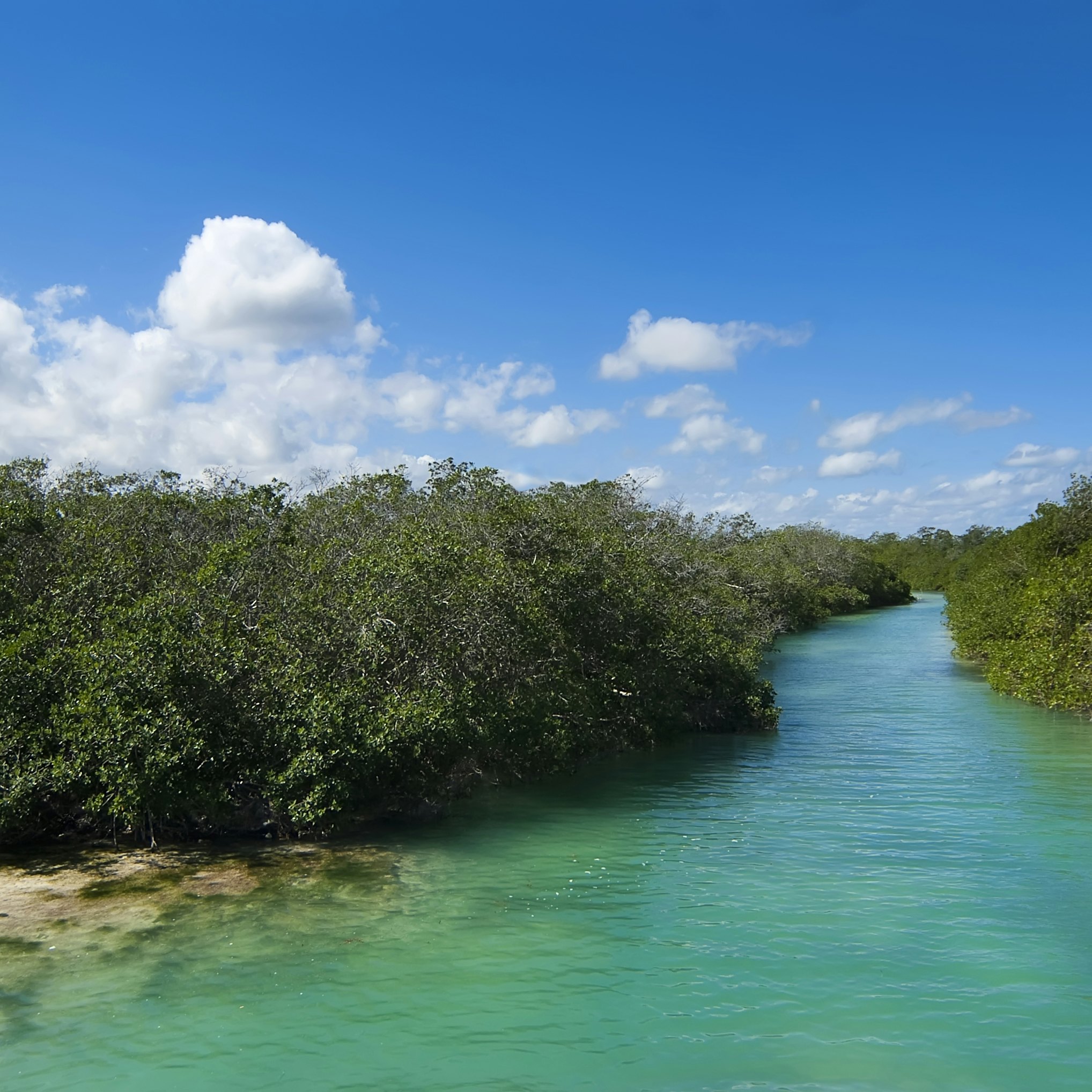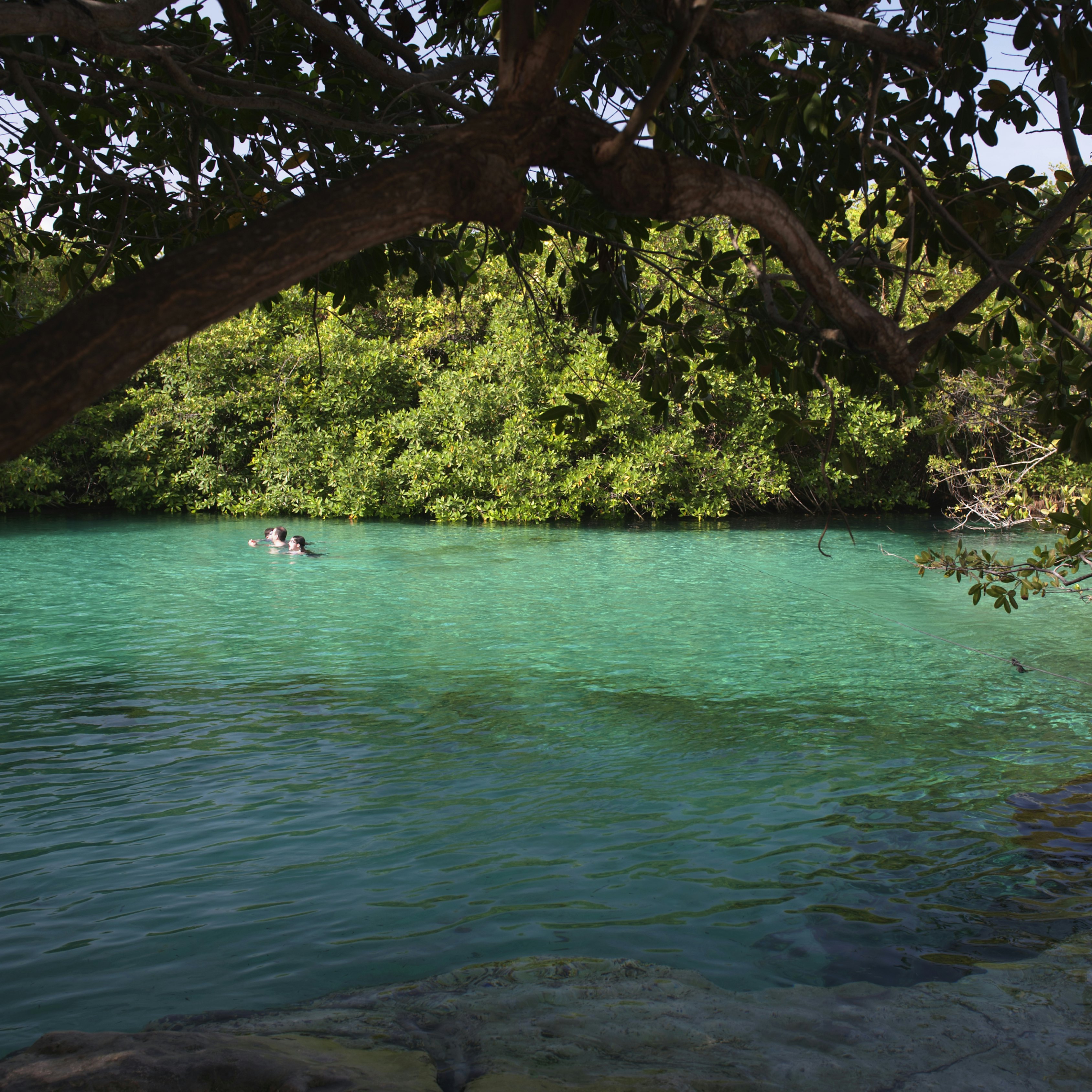

©GIBAN/Shutterstock
Overview
Few Mexican destinations can dazzle you with ancient Maya ruins, azure Caribbean and Gulf of Mexico waters and colonial cities all in one fell swoop. Actually, there's only one – the Yucatán Peninsula. The peninsula comprises parts of Belize and Guatemala, as well as three separate Mexican states: Yucatán, Quintana Roo and Campeche. Quintana Roo is probably the best known thanks to the tourism mega-destinations of Cancún, Tulum and Playa del Carmen, where millions flock annually to get their share of vitamin D on brochure-perfect beaches or resort infinity pools. But head just a couple of hours west and you hit Mérida, the capital of Yucatán state, whose colonial architecture and contemporary restaurants are a satisfying change of pace, not to mention the many cenotes (freshwater springs) nearby. Neighboring Campeche state is home to mind-blowing Maya ruins galore. This entire compact peninsula holds wonderful, varied and accessible travel surprises.
Leave the planning to a local expert
Experience the real Yucatán Peninsula. Let a local expert handle the planning for you.
Must-see attractions
Planning Tools
Expert guidance to help you plan your trip
Best Things to Do
Discover the Yucatán Peninsula’s Maya ruins, cenotes, colonial cities, pristine beaches, wildlife and vibrant Yucatecan culture.
Read full article
Get a book. Get inspired. Get exploring.
in partnership with getyourguide























